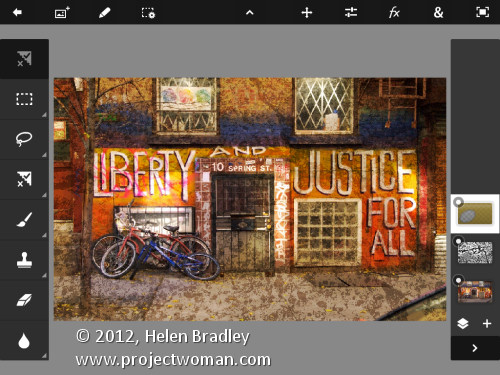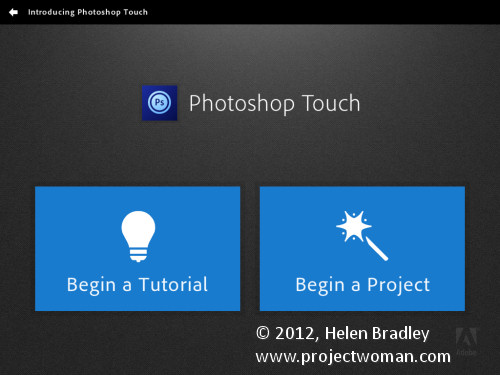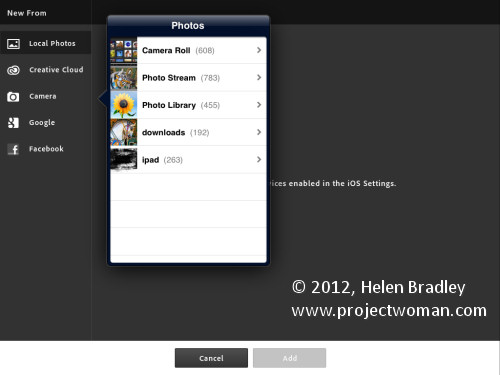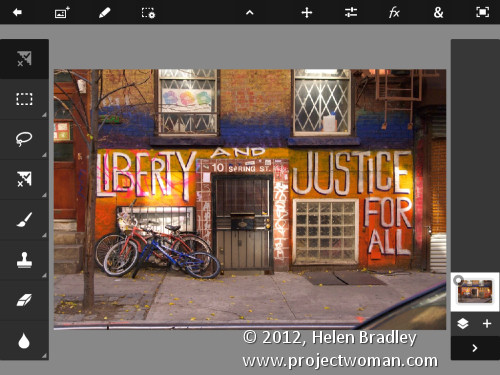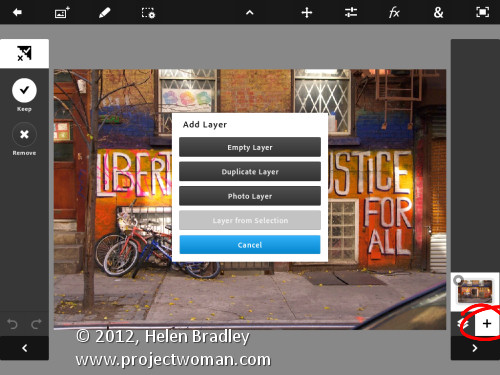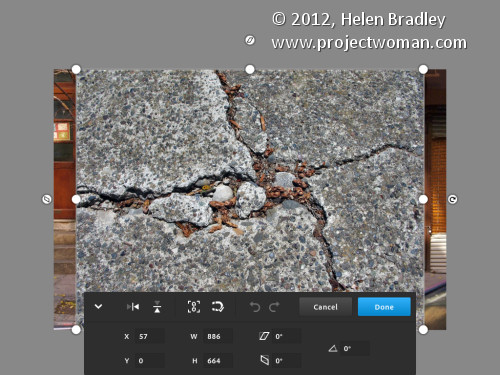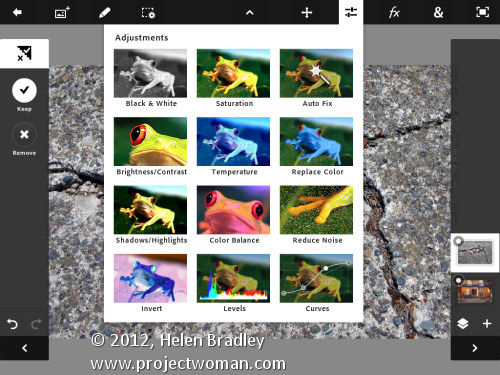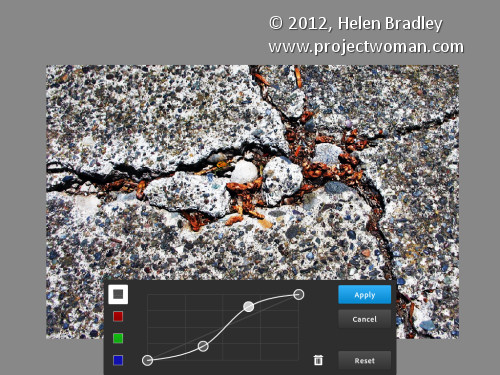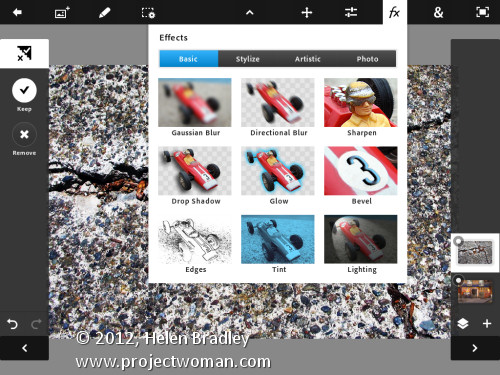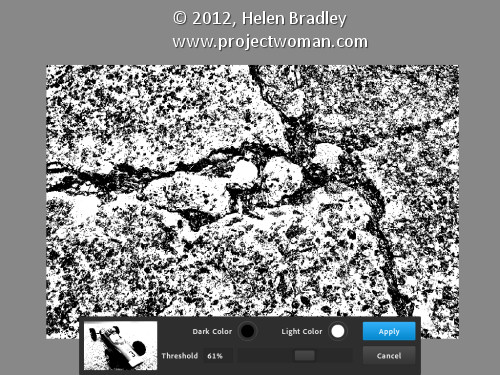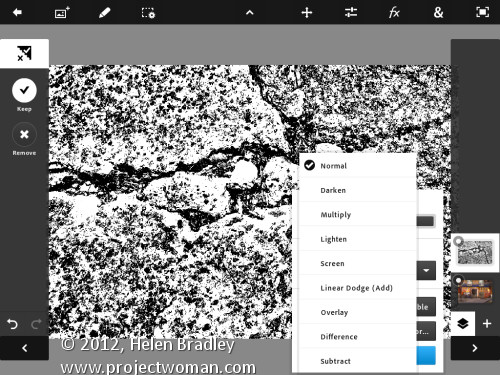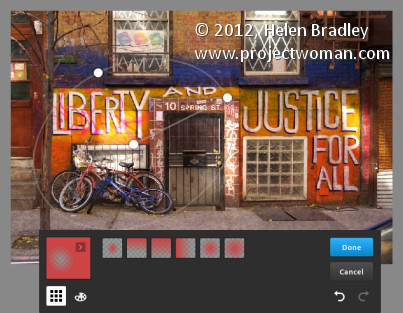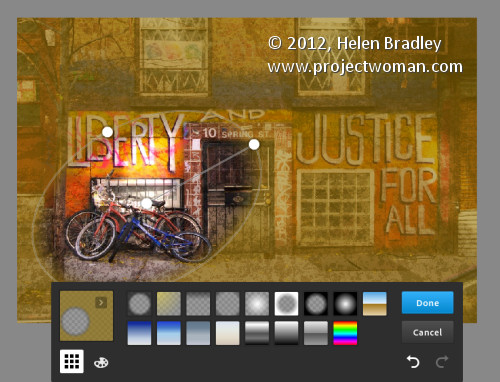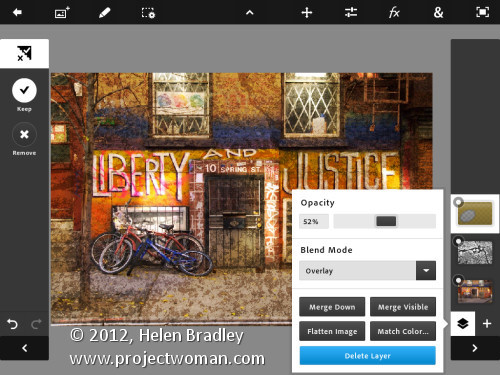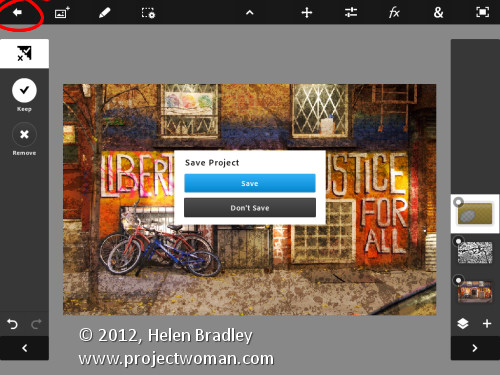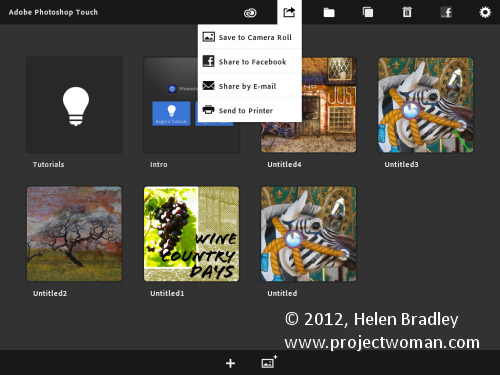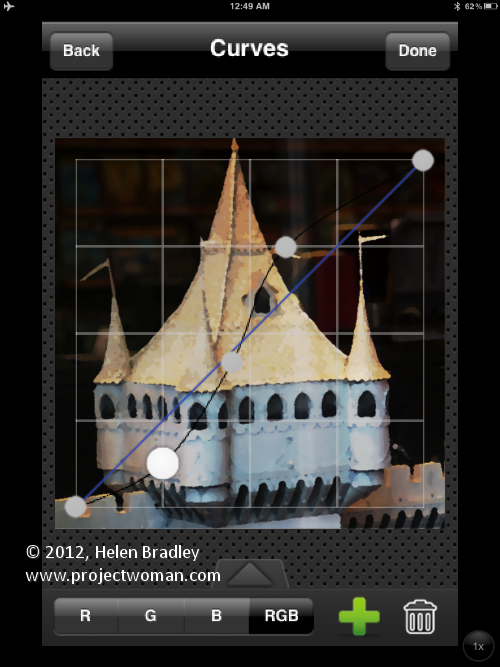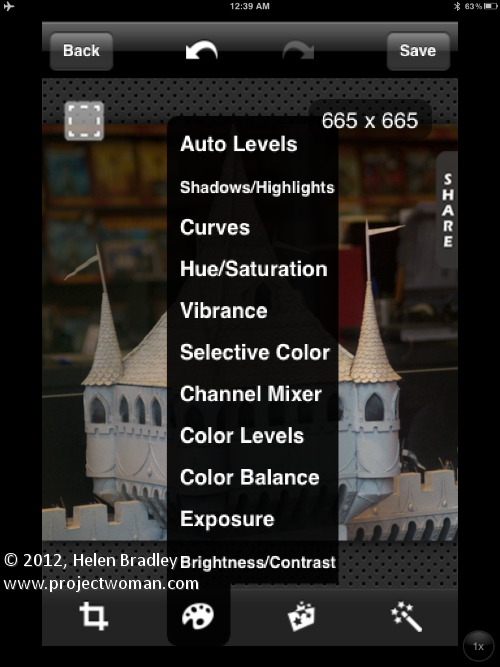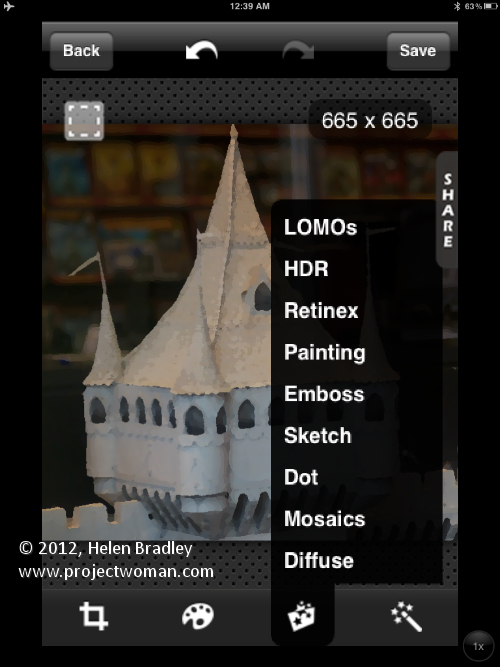
If you envy your friends their iPhone Instagram app and their iPad grunge photo editing apps then PSKiss has the solution. PSKiss recently released its PSKiss Photogram which is the first ever (at least as far as I’m aware) app like extension for Photoshop. It has all the coolness of an iPad app and it works on the desktop.
PSKiss Photogram is an extension so it installs like any extension and, when running, you see an iPad style interface with Instagram like features all running in a panel inside Photoshop.
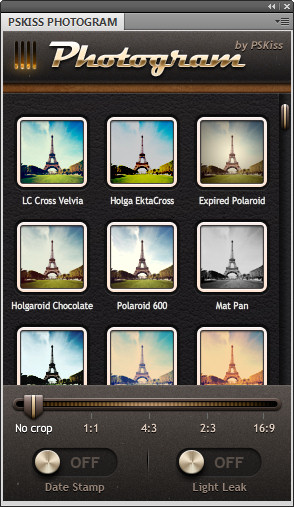
You can download the extension from pskiss.com and right now the starter price is $9.90 which is comparable with many iPad apps. The extension is called Photogram and it has a distinctly retro look – it’s tag line is “Bringing the 70’s into Photoshop”.
Once you’ve downloaded the zip file, unzip it, fire up your Adobe Extension Manager and install the ZPG file. If you are using Windows 7 or Vista you may need to run the Extension Manager as an Administrator to install the extension in the correct location. To do this, right click the Adobe Extension Manager in your Start menu and choose Run as Administrator.
Once installed, close Photoshop if it’s open and then re-launch it. Start by opening an image that you want to work with. I grabbed an image of some graffiti I shot this morning with a view to using it with this extension.
Run the extension by choosing Window > Extensions > PSKiss Photogram. The panel opens showing a series of image effects including Holga, Expired Polaroid, PolaroidPZ, Wrong Velvia and others. They are a mix of faux retro camera effects which are guaranteed to give your photos a very different look.
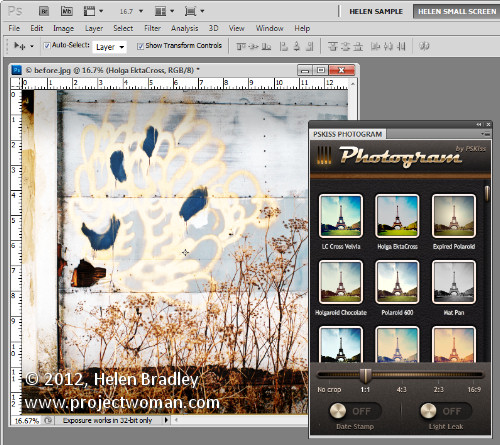
In addition to applying effects you can also crop your image to one of a number of crop ratios including No Crop, 1:1, 4:3, 2:3 and 16:9.
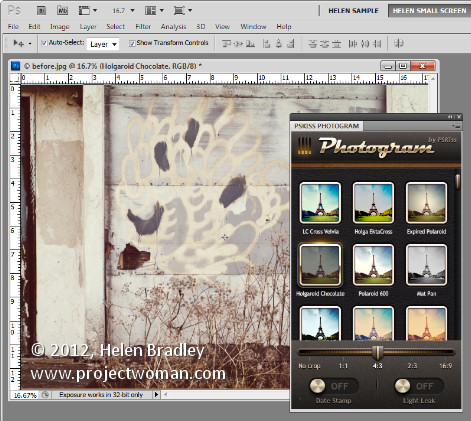
The app also lets you add light leaks by turning on the Light Leaks switch and add a date stamp which is set using the image metadata.
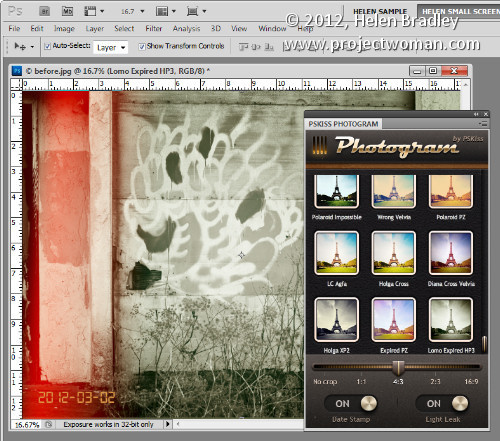
To apply an effect to an image, set the crop ratio, set the date stamp and light leaks switches then click an effect. You can wind back the processing using the History palette so click on Open in History to revert to the original image. If you choose a different effect it replaces the one you just applied and isn’t added to it so you don’t need to wind back your changes if you want to experiment with different effects.
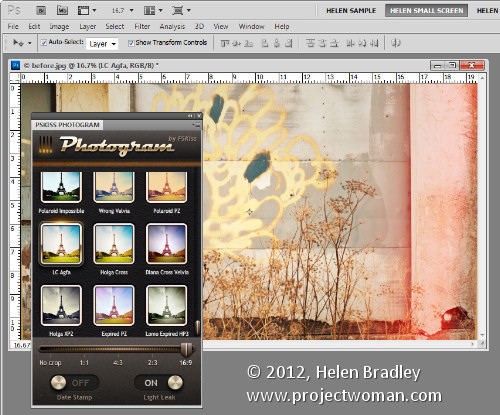
The light leaks are random so they move around each time you click to add an effect.
If you want the same effect but a different crop, select a different crop and then reapply that same effect to it. You can tell which effect is in use as it has a glow around it and the title bar of the image indicates which effect is in use.
When you’re done, you can save the image as you would any regular image.


